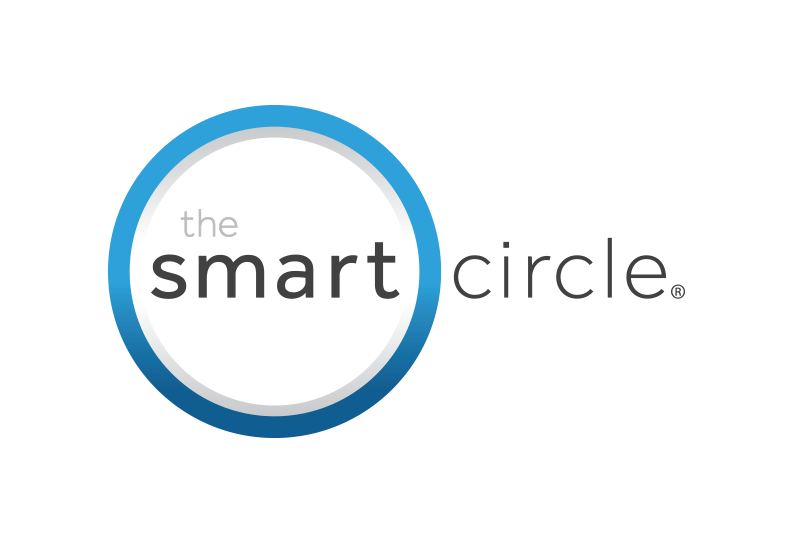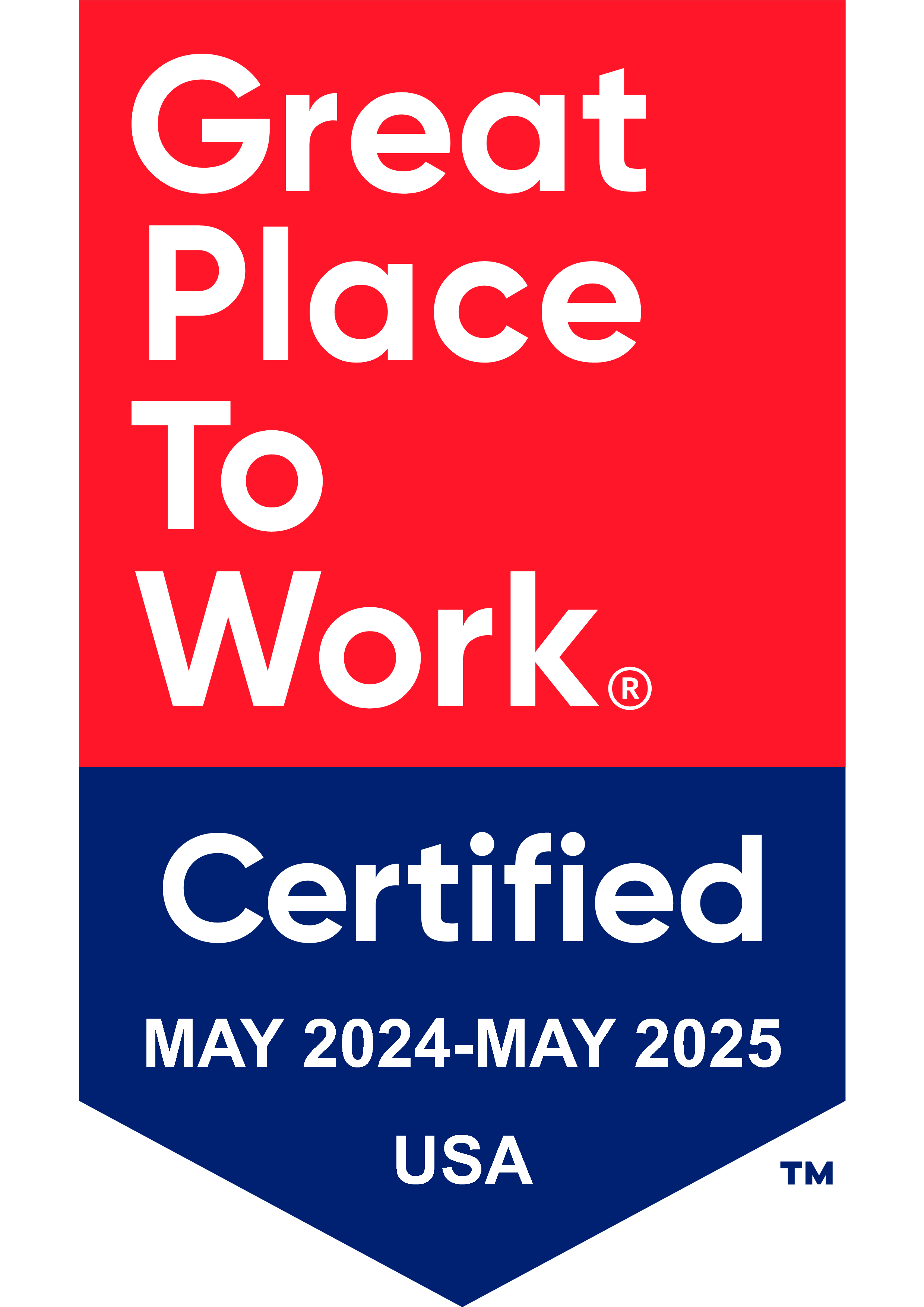A strong workplace culture isn’t just nice to have, it’s a must for any organization aiming for long-term success. It drives collaboration, lifts morale and boosts productivity. One key element of a positive workplace culture is what we call a positive feedback loop. It’s a cycle where good actions get recognized which encourages even more good actions. In this article, we’ll explore how peer-to-peer recognition plays a vital role in creating and maintaining this positive feedback loop.
What is a Positive Feedback Loop?
While a positive feedback loop might sound a bit technical, it’s actually pretty simple. It’s when something good happens and gets noticed resulting in more good things. In the workplace, this means that when employees’ positive actions are recognized, they’re motivated to keep doing them. Others are also encouraged to follow suit. This creates a ripple effect of positive behavior that benefits the entire organization.
The benefits of a positive feedback loop are substantial. On a personal level, employees who feel recognized tend to be happier, more motivated and more satisfied with their jobs. On a broader scale, organizations experience stronger teamwork, higher productivity and a more connected workplace culture.
The Role of Peer-to-Peer Recognition
Peer-to-peer recognition is exactly what it sounds like. It’s employees recognizing each other’s efforts and achievements. Unlike traditional recognition, which often comes from the top down, peer-to-peer recognition is more organic. It can happen anytime and is often more immediate.
This type of recognition is important because it levels the playing field. When recognition isn’t just coming from managers but from peers, it makes everyone feel like their contributions matter. It’s a simple yet powerful way to build a more inclusive and supportive work environment. And because it’s happening among peers, it’s often more genuine and meaningful.
What Are the Benefits of Encouraging Peer-to-Peer Recognition?
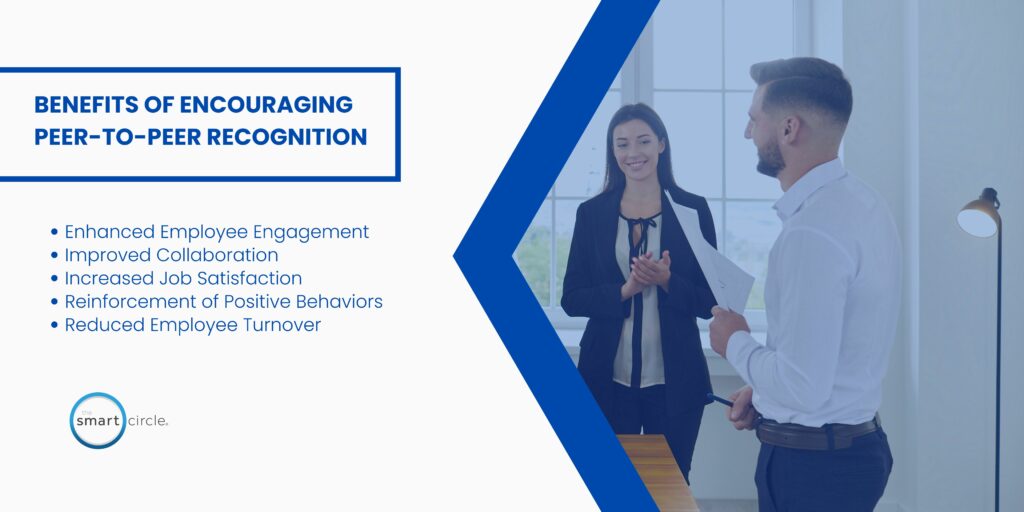
- Enhanced Employee Engagement: When employees know their hard work is appreciated by their colleagues, they’re more likely to stay engaged and motivated. It creates a sense of belonging and makes them feel like they’re part of something bigger.
- Improved Collaboration: Recognition strengthens the bonds between team members, making them more likely to work together effectively. When people feel valued, they’re more open to collaboration and sharing their ideas.
- Increased Job Satisfaction: Regular recognition, especially from peers, directly contributes to higher job satisfaction. When employees feel appreciated, they’re happier at work and more committed to their roles.
- Reinforcement of Positive Behaviors: When good behavior is recognized, it’s more likely to be repeated. Peer-to-peer recognition helps to reinforce the behaviors that align with the company’s values and goals.
- Reduced Employee Turnover: A culture of recognition can be a game-changer when it comes to employee retention. People are less likely to leave a company where they feel valued and appreciated, which helps reduce turnover.
How to Implement Peer-to-Peer Recognition in the Workplace?
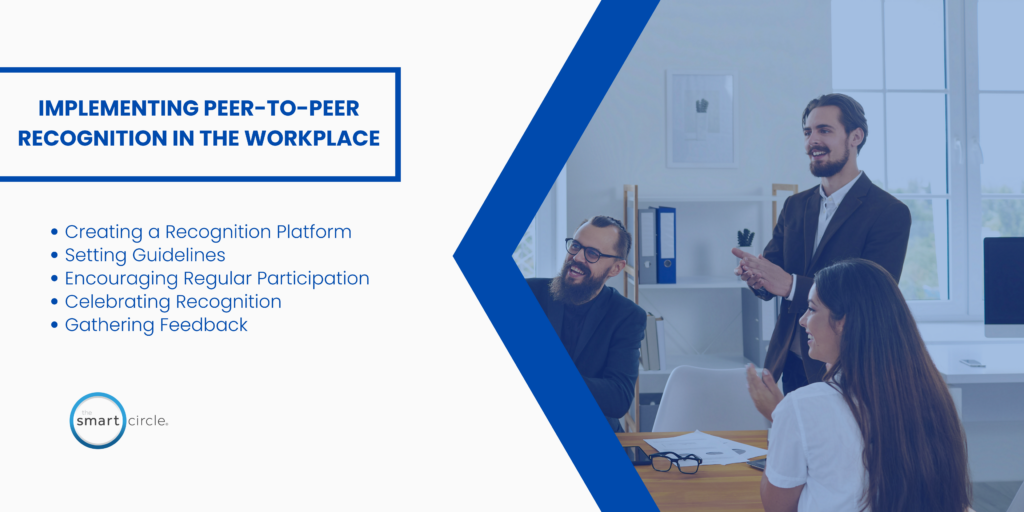
- Creating a Recognition Platform: Make it easy for employees to recognize each other by providing rolls or platforms designed for that purpose. The key is to make recognition a part of everyday work life.
- Setting Guidelines: To make sure that recognition is meaningful, make sure you provide some guidelines. Encourage employees to be specific about what they’re recognizing to make it more impactful.
- Encouraging Regular Participation: Recognition should be ongoing, not a one-off event. Encourage employees to make it a regular habit, and lead by example to show its importance.
- Celebrating Recognition: Publicly celebrating recognition amplifies its effect. Highlighting recognitions in team meetings, newsletters or even a company-wide shout-out can help reinforce the positive feedback loop.
- Gathering Feedback: Continuously improve the recognition program by seeking feedback from employees. This helps make sure the program remains effective and relevant to everyone involved.
A positive feedback loop can transform workplace culture, and peer-to-peer recognition is at the heart of making that happen. By empowering employees to recognize and appreciate each other, you create a more engaged, collaborative and satisfied workforce. For business leaders and executives, implementing a peer-to-peer recognition program is a straightforward yet powerful way to foster a culture of appreciation and drive lasting success.
Do you want to know more about Smart circle Great Place to Work?
